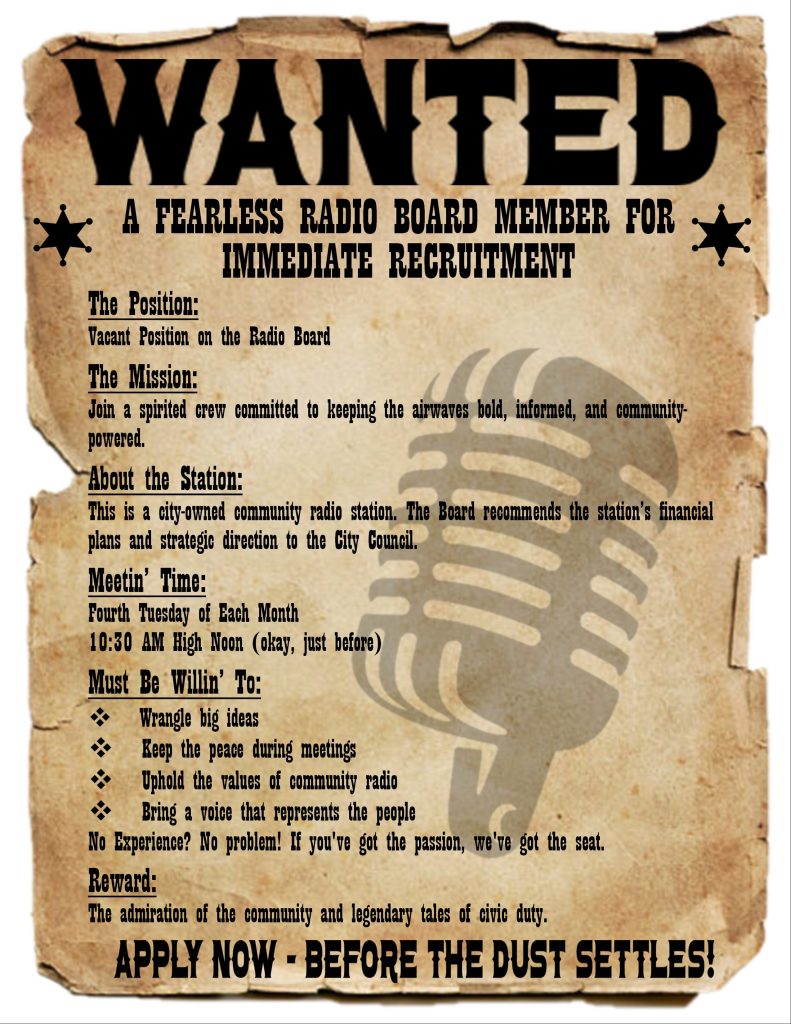Weather / Tides / There are 2 openings on the KOSW Radio Board Applications @ City Hall
Written by admin on September 22, 2022
Weather Link
Ocean Shores, WA Weather Conditions | Weather Underground (wunderground.com)
Tide times for Ocean Shores
Note: If the table does not display please refresh your browser
NOTICE: Currently there are two Board vacancies for the Radio Board. Applications are available at Ocean Shores City Hall or on the city’s website at application form.

Tagged as Emergency/Weather


